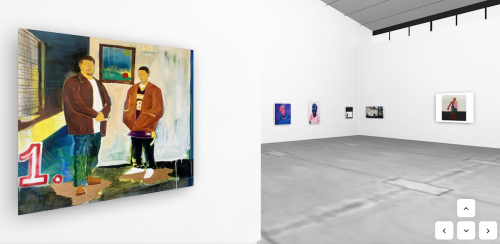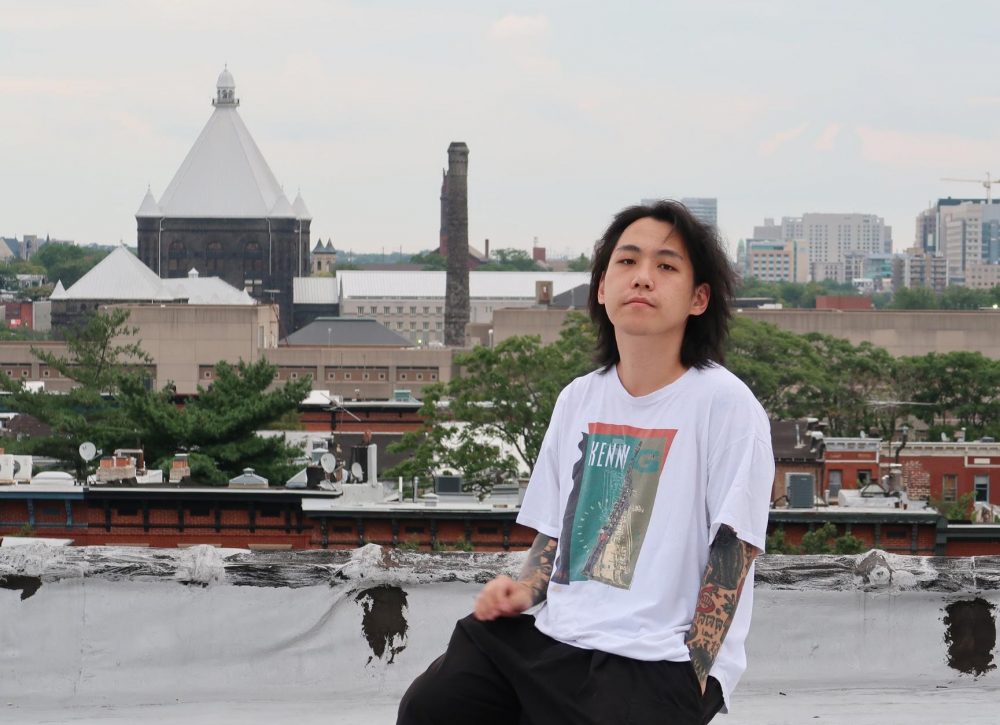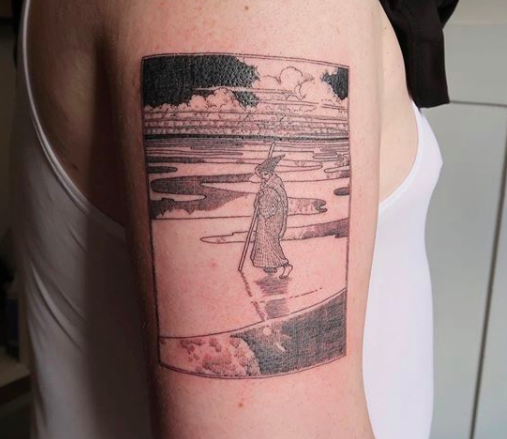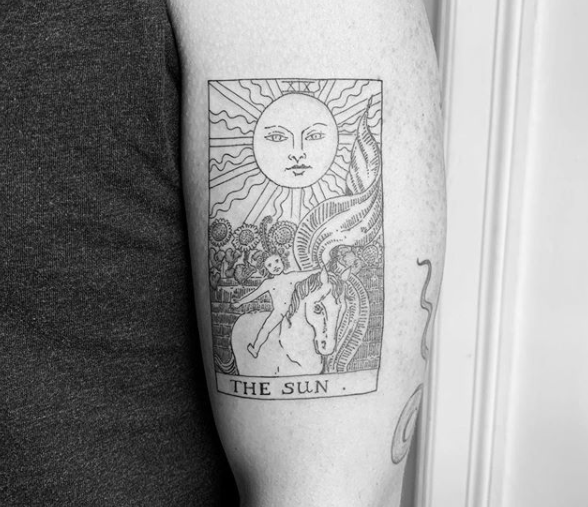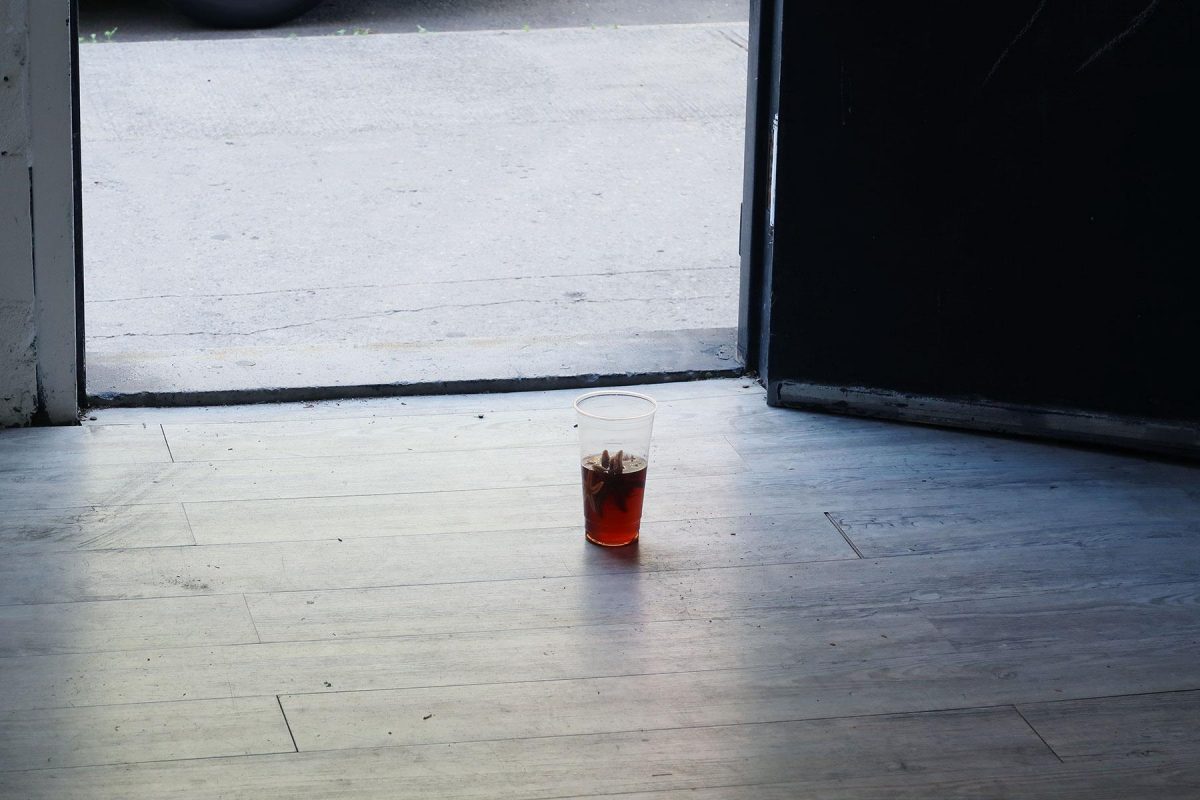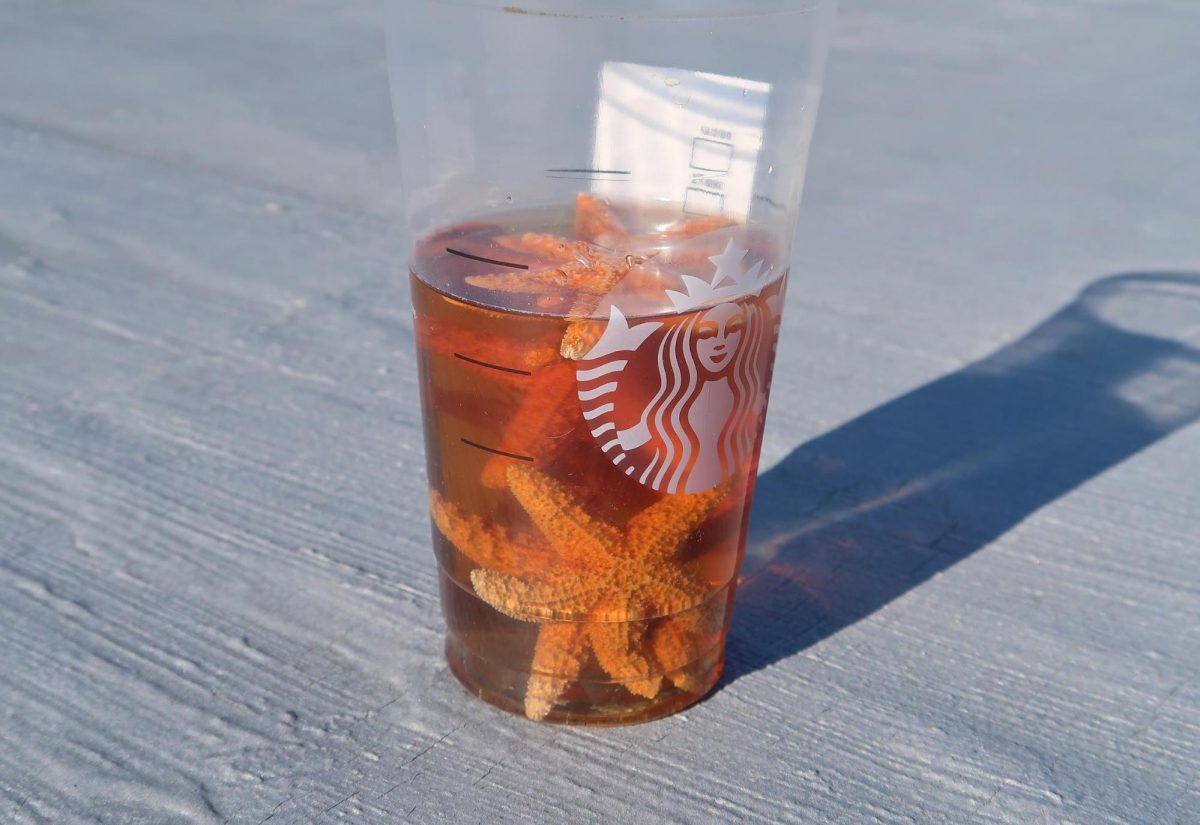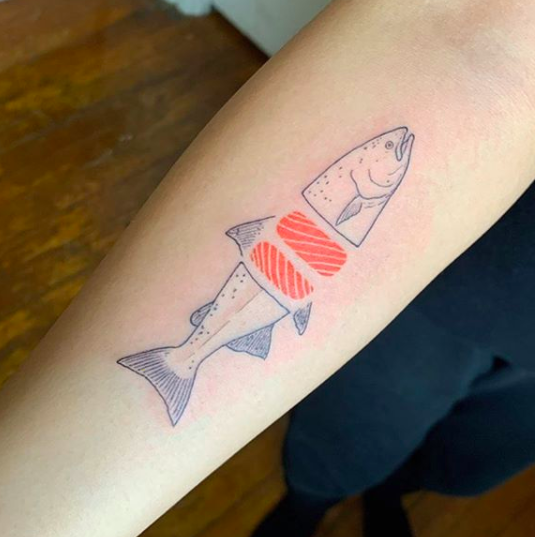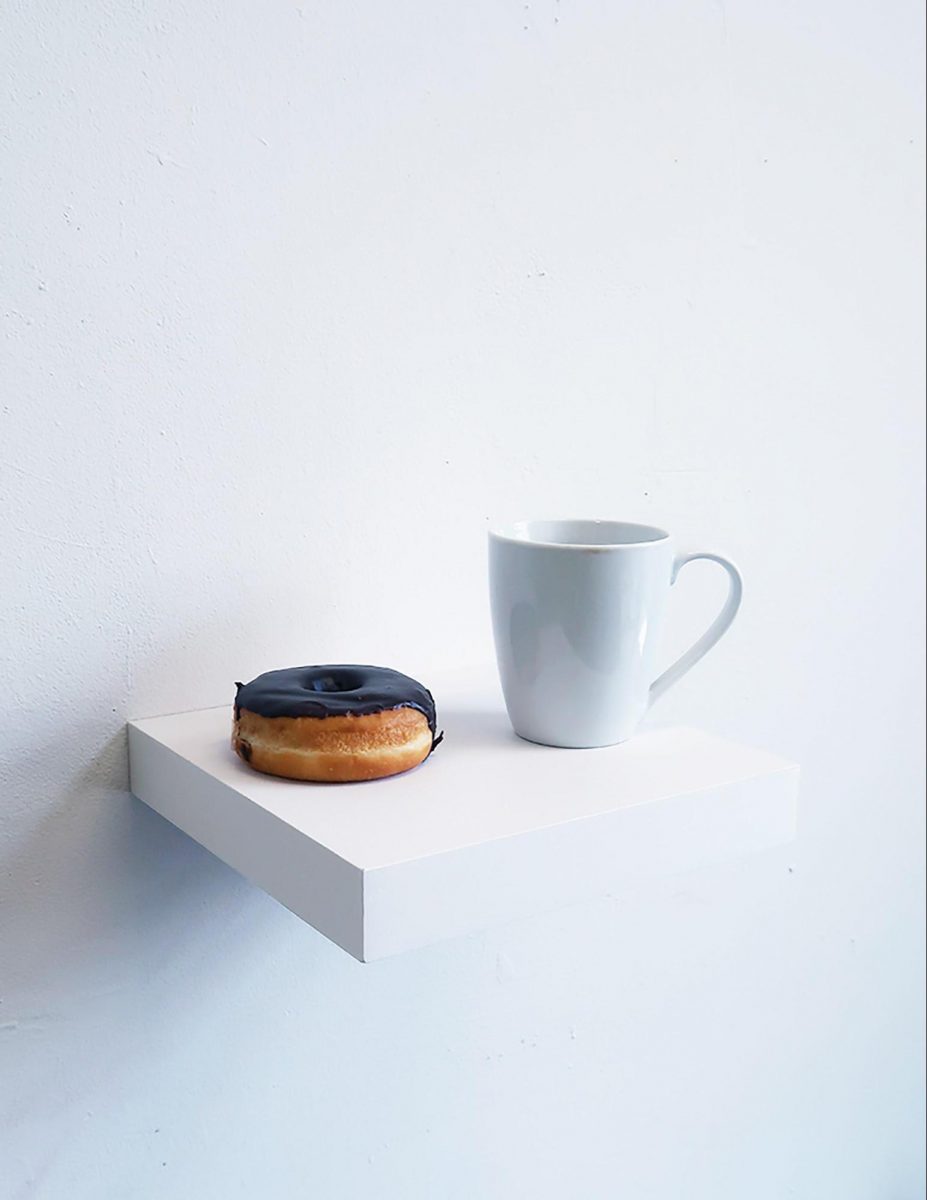When I first met Jaejoon Jang a few years ago, I was unaware of his art practice. I’d found out about him through his tattoo page on Instagram, and I was drawn to his sharp, elaborate, and clean style. After going through a breakup and enduring a rough depressive spell, I decided to mark my healing with my normal ritual: getting a tattoo. I went to Jang with the concept: a Fibonacci spiral on my inner arm to remind myself to remain creative. He sketched out and then brought to fruition what I had in mind.
Artists are orchestrators of manifestation and alchemy, and getting that tattoo was a turning point in my journey of healing and self-love. Like all good artists, tattoo artists can create work that deeply affects the lives of their clients. I move through the world with Jang’s work inked onto my flesh, a mark of significance that I will carry with me forever.

Aside from his self-taught tattoo skills, Jang studied mechanical engineering in Seoul, South Korea, before moving to Baltimore in August of 2014 to earn a BFA and later an MFA, both from MICA. Jang is a conceptual artist, a popular tattoo artist, and a renaissance creative with a grip on what it means to make exciting and thought-provoking contemporary artworks in various forms.
Jang’s fine art practice is prescient and still, manipulating and repurposing quotidian objects—collars removed from shirts, clocks whose hands are bound by tape—in smart, humorous, and compelling ways. My favorite of his objects of inversion is “STAR1,” featuring a Starbucks cup stuffed with starfish submerged in leftover coffee. The pun is a surreal exercise exploring aspects of capitalism, excess, the environment, and consumerism. His clarity, eye for detail, and incorporation of both realism and abstraction render his practice one of depth, surprise, and wonder.
Like much of the work I am drawn to, Jang’s practice dwells in gray areas and embodies the mutable relationship between art and craft. In a time where the art world is hurriedly and messily reconfiguring, the hybridity of Jang’s art helps us pause and contemplate the meaning of art that is everything but static.
